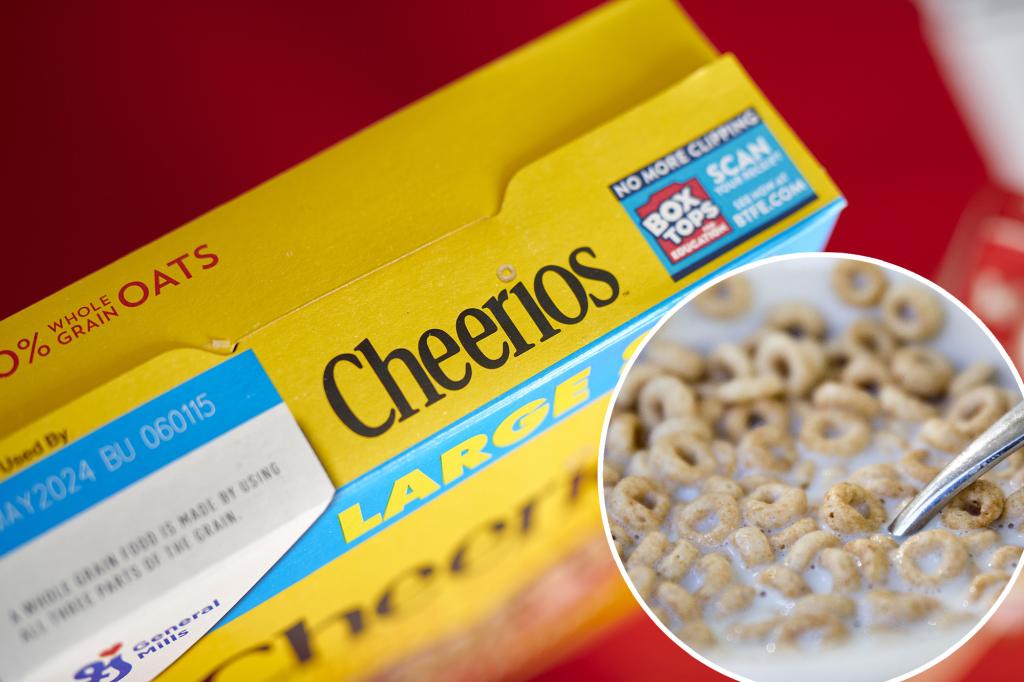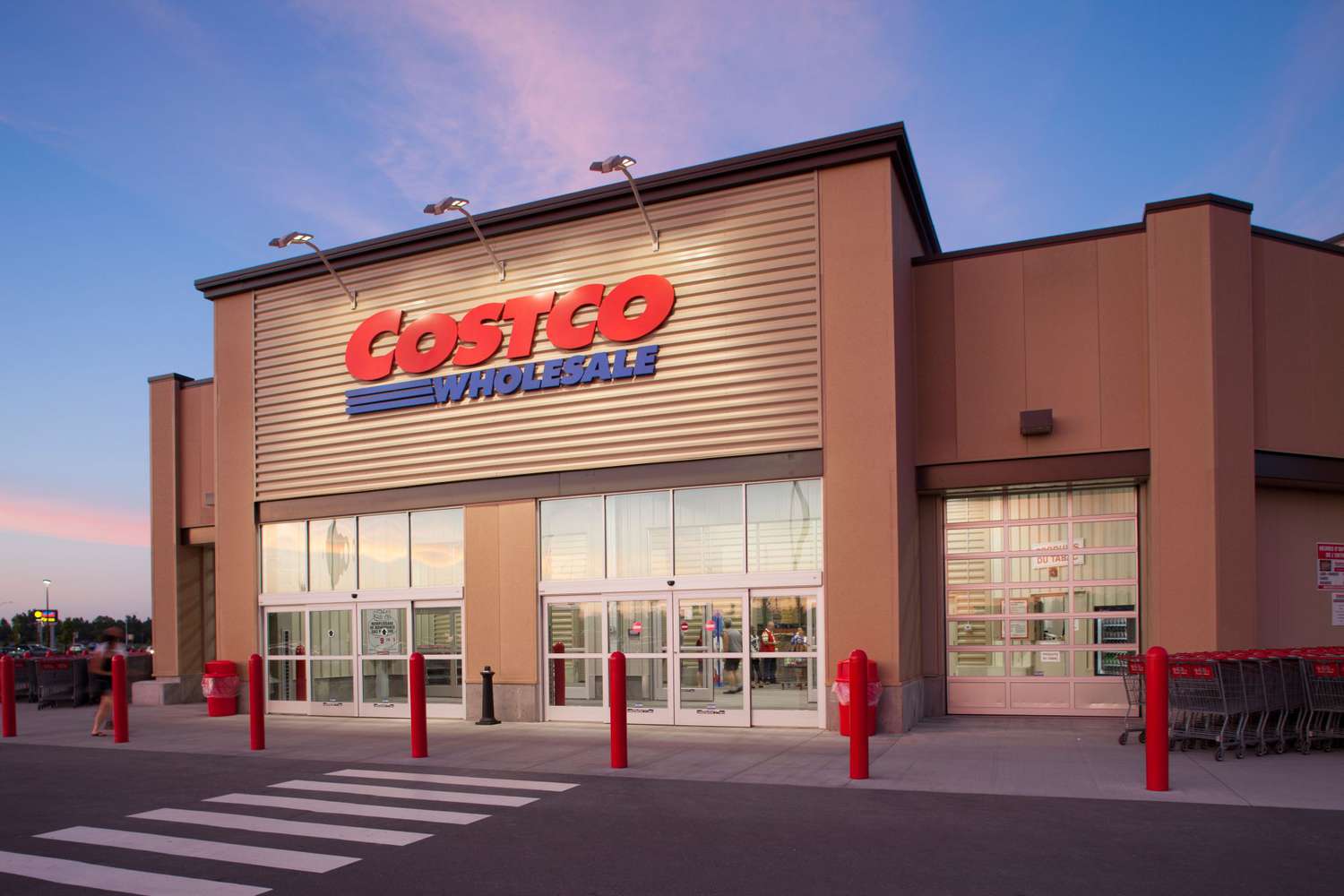Summary
Labubus global popularity highlights how brands today use a mix of artificial scarcity, influencer-driven social media content, and emotional storytelling to influence buying behaviour, turning a nic
Source: Best Media Info

AI News Q&A (Free Content)
Q1: How did blind-box toys like Labubu become a global trend?
A1: Blind-box toys like Labubu became a global trend through a combination of artificial scarcity, influencer-driven social media content, and emotional storytelling. Labubu, a brand of collectible plush toy monster elves created by Kasing Lung and marketed by Pop Mart, gained popularity by capitalizing on exclusivity and online hype. Pop Mart's strategy involved selling these toys in a 'blind box' format, where buyers are unaware of which specific toy they will receive, thereby enhancing the element of surprise and collectibility. This model has been particularly successful among young affluent consumers in China, where Pop Mart operates both physical stores and an online presence.
Q2: What role does emotional storytelling play in the marketing of blind-box toys?
A2: Emotional storytelling plays a significant role in the marketing of blind-box toys by creating a narrative that resonates with consumers. This approach involves crafting stories around the toys that evoke emotions, which can enhance consumer engagement and loyalty. For instance, the characters in the Labubu series are designed with unique backstories that appeal to the emotional experiences of the audience. Such storytelling not only makes the toys more appealing but also encourages repeat purchases as consumers become invested in the story and seek to complete their collections.
Q3: How does artificial scarcity influence consumer behavior in the context of blind-box toys?
A3: Artificial scarcity influences consumer behavior by creating a sense of urgency and exclusivity. In the case of blind-box toys, manufacturers may limit production runs or release certain toys as 'limited editions,' prompting consumers to purchase quickly before items sell out. This scarcity is often amplified through social media and influencer marketing, where the visibility of the toys and their desirability are increased. Consumers are thus driven by the fear of missing out (FOMO), leading to increased sales and heightened interest in the brand.
Q4: What are some potential psychological impacts of the blind-box toy trend on consumers?
A4: The blind-box toy trend can have several psychological impacts on consumers, including the development of addictive buying behaviors due to the thrill of the unknown. The element of surprise associated with not knowing which toy will be received can trigger dopamine releases, similar to gambling, making the purchasing experience more exciting and potentially habit-forming. Additionally, the emotional investment in completing a collection can lead to increased consumer spending and attachment to the brand.
Q5: How has Pop Mart utilized technology to enhance the appeal of its blind-box toys?
A5: Pop Mart has utilized technology to enhance the appeal of its blind-box toys by integrating digital channels into its marketing strategy. The company operates a social media and toy-trading app, which facilitates engagement with consumers and creates a community around their products. This digital presence allows for seamless marketing, where consumers can share their collections, participate in discussions, and stay updated on new releases. Moreover, the use of online platforms enables Pop Mart to reach a wider audience and maintain buzz around their products.
Q6: What insights can be drawn from recent scholarly research on behavioral finance related to consumer behavior in purchasing blind-box toys?
A6: Recent scholarly research on behavioral finance highlights that consumer behavior in purchasing blind-box toys is influenced by sub-rational decision-making. Studies indicate that psychological biases, such as optimism and myopia, play a role in how consumers perceive value and scarcity. The excitement and emotional engagement tied to the purchase of blind-box toys can lead to suboptimal purchasing decisions, where consumers prioritize immediate satisfaction over long-term financial considerations. This behavior aligns with findings that suggest bounded-rational and prospect-biased behaviors can impact market liquidity and price efficiency.
Q7: How does influencer marketing contribute to the popularity of blind-box toys?
A7: Influencer marketing contributes significantly to the popularity of blind-box toys by leveraging the reach and credibility of social media influencers to promote products. Influencers often share unboxing videos or reviews of blind-box toys, creating buzz and showcasing the excitement of the surprise element. Their endorsements can increase the perceived value of the toys and drive consumer interest. This marketing approach is effective in reaching younger audiences who are more engaged with digital content and social media platforms.
References:
- Gashapon on Wikipedia
- Pop Mart on Wikipedia
- Labubu on Wikipedia
- Limited or Biased: Modeling Sub-Rational Human Investors in Financial Markets by Penghang Liu et al.
- Evidential positive opinion influence measures for viral marketing by Siwar Jendoubi et al.
- Storytelling as an educational strategy for midwifery students on PubMed





